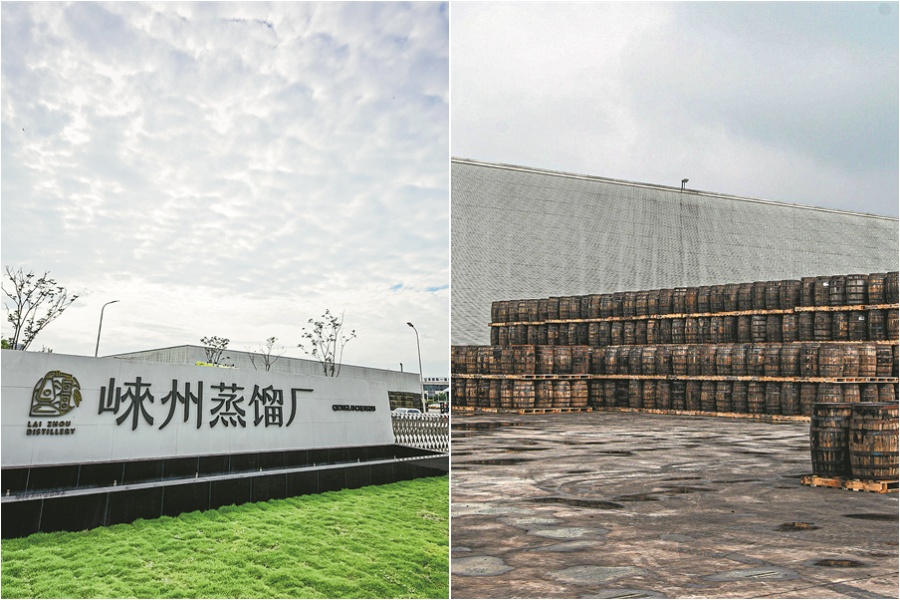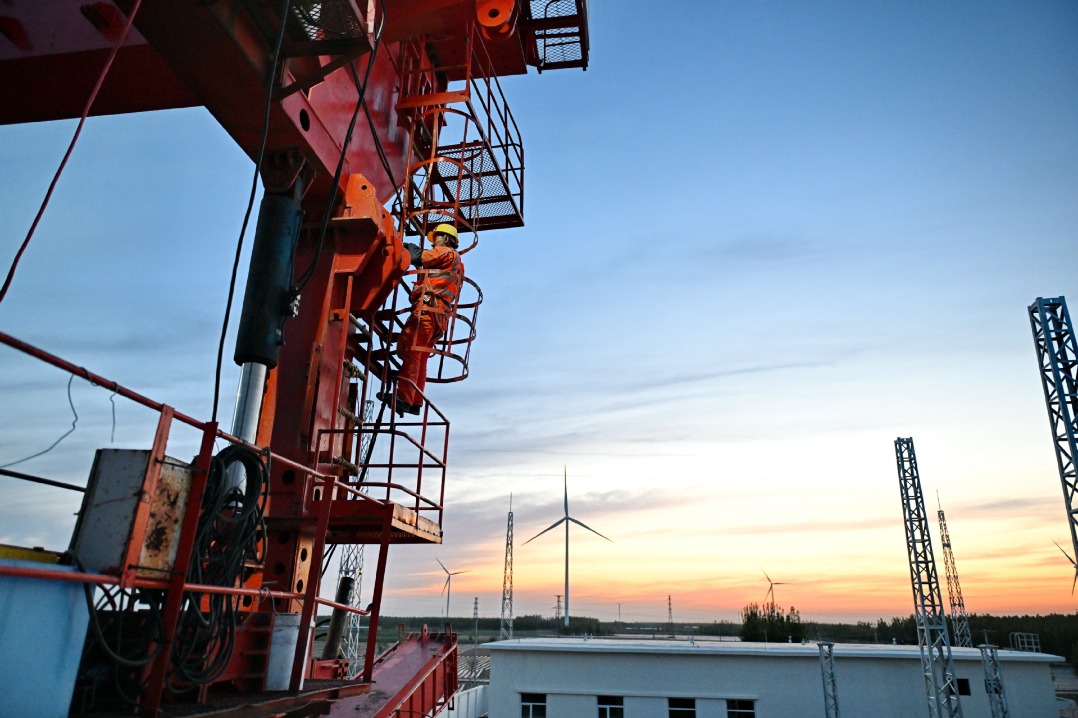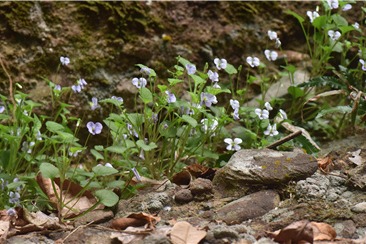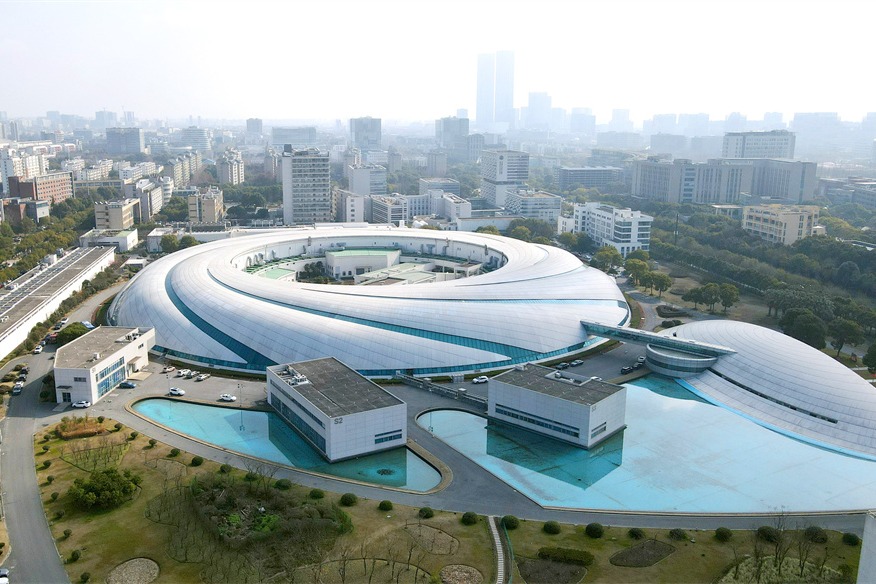Popularity of nation's maturing whisky industry uncorked
Distillers mushroom across the country, producing spirit with a local twist


In the eastern outskirts of Anshun, Guizhou province, where mist clings to the lush hillsides and the scent of damp earth hangs in the air, a rare microclimate is nurturing China's emerging whisky industry.
Resembling the climate conditions of Scotland's Highlands, the area is home to Panda Brew's whisky distillery, where nearly 2,000 casks of the liquid are laying the groundwork for China's next generation of whisky production.
The whisky, made from imported malted barley and distilled using self-developed equipment, is currently undergoing the maturation process.
Founder Xia Yulin, who has been immersed in the craft brewing industry since 2013, began pivoting toward whisky in 2016.Production at the Anshun distillery officially began in 2022. Whisky production is far more challenging than brewing beer, but the potential market is enormous, Xia said.
The brewer's optimism is well-founded, according to data from the 2023 China Whisky Industry Development Research Report released by the China Alcoholic Drinks Association. Whisky, first introduced to China in the 19th century as an exotic import, has surged in popularity over the past decade.
From 2013 to 2023, China's whisky market grew more than fourfold, reaching around 5.5 billion yuan ($756 million) in 2023 — a 10 percent increase from the previous year. The report predicts this surge will continue, signaling a growing consumer appetite for the spirit.
The report also reveals a key milestone: in 2023, China's whisky production capacity surpassed 50,000 kiloliters, soaring by 127 percent year-on-year and, and for the first time exceeding the nation's whisky imports.
This milestone signals a shift in the market, with domestic whisky gaining ground on international brands as new distilleries rapidly emerge.
Currently, nearly 100 whisky distilleries are operating across Yunnan, Guizhou, Sichuan, Shandong and Zhejiang provinces, and in other regions. Investment has driven both expansion and innovation, enhancing production standards and fostering international partnerships.
With whisky requiring a minimum three-year aging period, many of the distilleries founded in recent years are preparing to release their first major batches, signaling an imminent explosion of homegrown offerings.
While domestic brands still trail global giants in terms of name recognition and inventory maturity, they are sketching out their own bold flavor maps, distinct from imported legends. Leveraging innovative flavor profiles — such as Yunnan coffee bean infusions and notes inspired by China's signature baijiu aroma styles — Chinese whisky is injecting fresh vitality into the market, and is poised to capture the imagination of younger consumers.




































